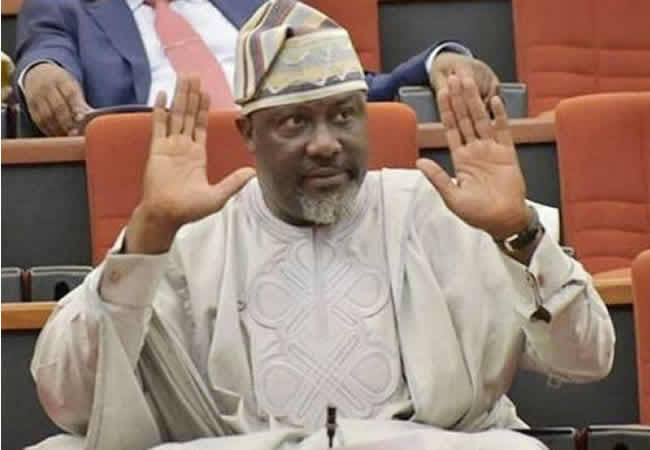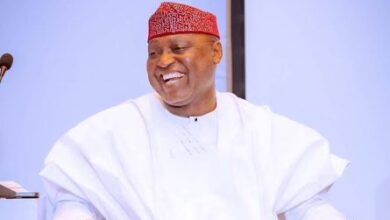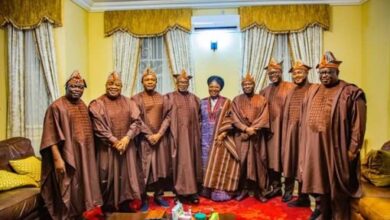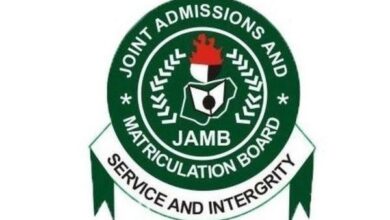Tinubu May Soon Borrow from Opay, Moniepoint – Dino Melaye

Nepal’s political crisis deepened on Tuesday, September 9, as Prime Minister KP Sharma Oli announced his resignation following days of violent youth-led protests that left at least 19 people dead and hundreds injured.
The demonstrations, driven largely by Generation Z, erupted after the government banned popular social media platforms and failed to address long-standing issues of corruption and economic hardship.
The protests mark Nepal’s most serious unrest in decades.
Authorities deployed live ammunition, rubber bullets, tear gas, and water cannons in several cities, sparking outrage both at home and abroad.
Photos and videos from Kathmandu showed burning vehicles, torched police booths, and chaos outside parliament, despite a government-imposed curfew.
In his resignation letter, Oli admitted the country faced an “extraordinary situation” but blamed “vested interest groups” for infiltrating the protests.
His departure came just a day after multiple cabinet ministers, including the home, agriculture, water, and health ministers, quit in protest over the government’s handling of the crisis.
What Sparked the Protests?
The immediate trigger was the government’s move to ban 26 social media platforms including Facebook, Instagram, WhatsApp, YouTube, and X under the guise of combating fake news and hate speech.
Rights groups condemned the move as an assault on free expression.
By last Thursday, millions of Nepalis suddenly found themselves cut off from their primary means of communication.
But the demonstrations go far deeper than digital restrictions.
Many young Nepalis say they are fed up with decades of corruption, political instability, and economic stagnation.
Unemployment among youth aged 15–24 stood at 20.8% in 2024, according to the World Bank.
At the same time, a viral online campaign against so-called “Nepo Kids” children of political elites flaunting their wealth on social media fueled anger about inequality.
Nepal’s economy relies heavilyon remittances, with more than a third of its GDP coming from citizens working abroad.
For many young people, the lack of opportunities at home has left them with little choice but to emigrate.
“Every youth is going outside the country. We want to build an economy here, not just survive,” one protester told Reuters.
On Monday, tensions reached a breaking point as students, many in school and college uniforms, stormed parliament grounds in Kathmandu. Riot police responded with force.
Seventeen people were killed in the capital, with two more reported dead in the eastern city of Itahari. Hospitals reported more than 400 injuries.
International groups condemned the crackdown.
The UN human rights office said it was “shocked” and demanded a transparent investigation.
Amnesty International called the use of lethal force “a grave violation of international law.”
Political Fallout
Oli’s resignation followed mounting pressure from within his government and Nepal’s largest political party, the Nepali Congress.
Gagan Thapa, the party’s general secretary, said the “cruel sight of innocent youth being killed” made it impossible to remain in coalition.
Nepal’s leading newspaper also demanded Oli step down, declaring he “cannot sit in the PM’s chair for a minute longer.”
With Oli gone, Nepal faces another uncertain chapter in its turbulent political history.
Since abolishing its 239-year monarchy in 2008, the Himalayan nation has cycled through more than a dozen governments.
The Gen Z protests, however, stand out as a youth-driven uprising against corruption, censorship, and lack of opportunity.
Whether Oli’s resignation will calm the streets or embolden the protesters remains unclear.
For now, the anger of Nepal’s young generation has forced one of the country’s most powerful leaders from office and placed the future of the nation in their hands.
Post Views: 46





